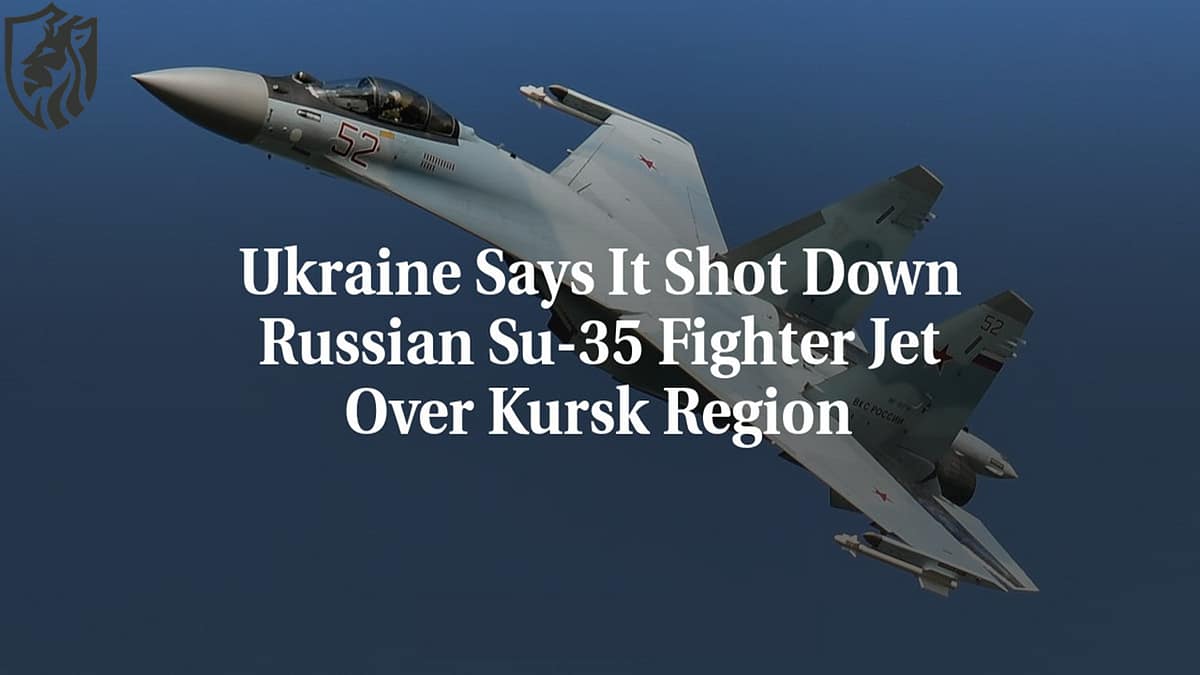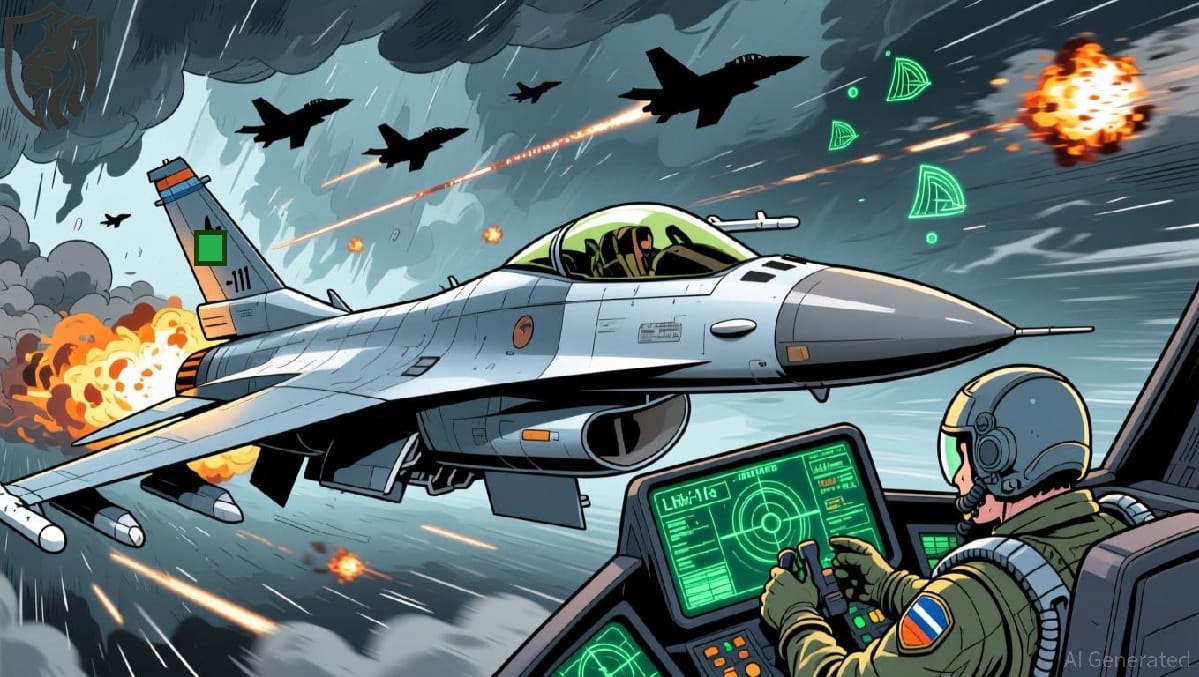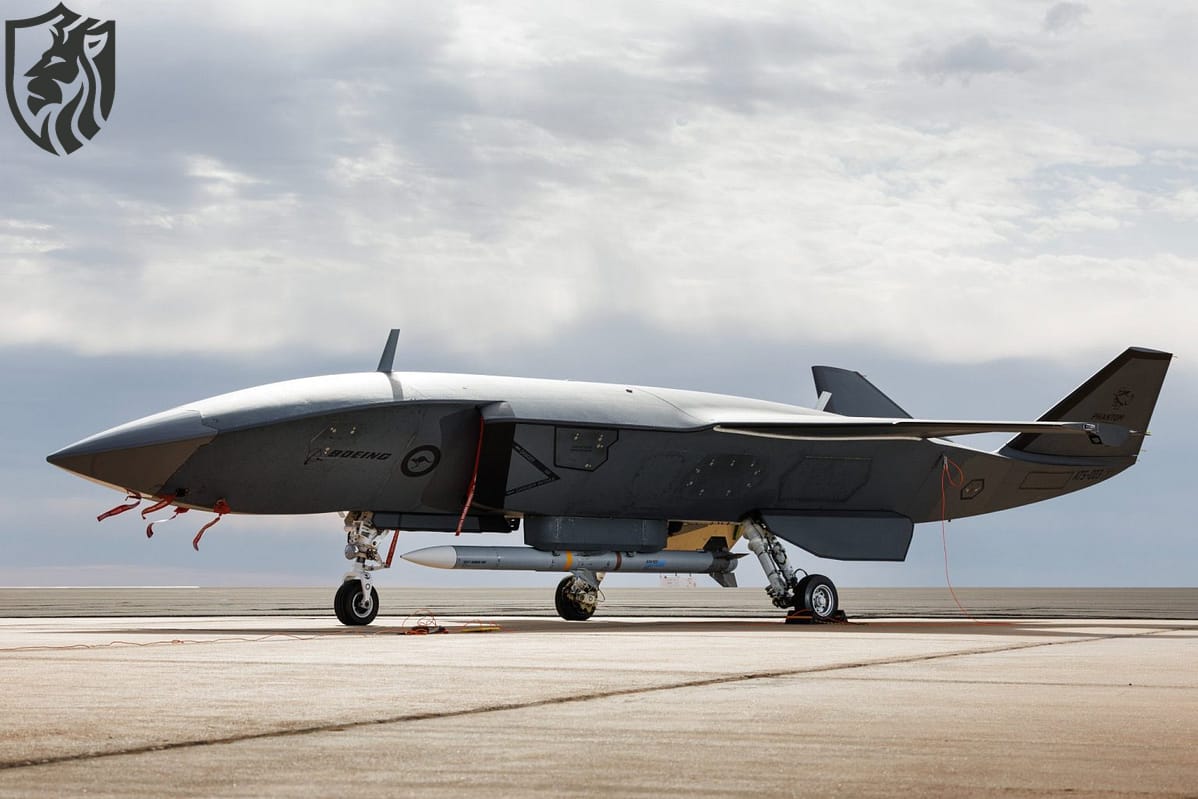
Su-35
On June 7, Ukrainian forces successfully destroyed a Russian multirole Su-35 ‘Flanker-E’ fighter jet while it was on an operation over Kursk. The Ukrainian Air Force released the news in an official report on the same day. The Kremlin has officially confirmed the incident to this date.
The reliable Russian Telegram blogger known as Fighterbomber confirmed the report, having been a trusted source since the war began. He reported that they successfully rescued the pilot.
The prevalent theory regarding the destroyed Su-35 suggests that the pilot and his plane fell victim to an ambush. Unofficial sources report the Russian plane was attempting to close in on the Ukrainian border to intercept Ukrainian fighters carrying out precision attacks on the Russian mainland when it came under ambush and was destroyed, thwarting its mission.
Credible information about the specific Ukrainian planes targeted by Russian Su-35s is currently unavailable. In the meantime, it was reported that Ukraine had conducted precision strikes on a Russian military depot building in Kherson, where the FPV drones were stored.
A MiG-29 fighter plane, armed with two high-precision French Hammer bombs, which are “air-to-surface missiles”, carried out the strike.
Pugachev’s Cobra
Initially designed for air-to-air combat, the Su-35 demonstrates versatility in handling both ground and sea targets. The single-engined fighter is equipped with two AL-41F1S thrust-vectoring turbofan engines, enabling it to execute intricate manoeuvres such as “Pugachev’s Cobra”, a remarkable demonstration of manoeuvrability at elevated angles of attack.

These engines reach a top speed of 2,500 km/h and cruise supersonically without afterburners, unlike most foreign rivals. Unlike earlier fighters, the Su-35 evolved from the Su-27 with better aerodynamics and improved manoeuvrability using front canards.
However, starting in 2003, designers removed the canards and reinforced the airframe using durable titanium alloys. As a result, the Su-35 can now serve up to 30 years or 6,000 flight hours. Engineers also reduced its weight and radar signature using composite materials and radar-absorbing paint.
Therefore, the aircraft now rivals fifth-generation fighters in stealth and performance. Yet, the Su-35’s real strength lies in its advanced avionics and sensor suite. Its Irbis-E radar can detect targets up to 400 kilometres away, providing excellent situational awareness.
Impressively, the radar tracks 30 airborne targets and engages eight at the same time. This advanced system helps pilots handle large volumes of information during intense combat operations. In addition, the upgraded cockpit includes two large and three small multifunction displays for better pilot control.
Electronic Warfare
Digital computers and an electronic stability system are available for accurate control, and an onboard electronic warfare system enhances defense against enemy missiles and radars. The Su-35 also features in-flight refuelling, enhancing its operational radius and making it eligible for long-range missions.
The Su-35’s arsenal is equally impressive. The fighter aircraft can carry up to eight tonnes of ordnance on twelve hardpoints. Its formidable arsenal includes air-to-air missiles with varying capabilities, such as the extended-range R-172 that can destroy targets hundreds of kilometres away. The fighter aircraft are equipped with precision-guided bombs and supersonic Kh-31 missiles to attack targets on land and at sea.
The standard armament boasts a 30mm GSh-30-1 cannon, enhancing its firepower in close combat. This adaptability allows the Su-35 to undertake an extensive array of missions, from securing air superiority to aiding ground operations.
The Su-35’s modifications mirror its development history. Early prototypes, with the 1990s-tested T-10M being one, employed Zhuk radar and AL-31F engines, with which they could detect as many as 15 and engage six simultaneously.
Russian Air Force
In 2014, the Russian air force introduced the Su-35S with upgraded AL-41F1S engines, the new Irbis-E radar, and a greater weapons range. Export models, such as those for China, retain the core specifications but are adapted to suit specific customer needs. A two-seat variant with the name Su-35UB, for use as a trainer-fighter, is manufactured in small numbers.
Since Russia began its invasion of Ukraine on February 24, 2022, the Russian Air Force has lost several of its aircraft, including one of its most advanced fighter planes, the Su-35.
This multipurpose aircraft, famous for its outstanding agility and advanced avionics, has revealed its weaknesses during sustained combat, in spite of the Ukrainians’ impressive air defense systems.
In spite of the infrequent and sometimes contradictory reports from the front, numerous confirmed and reported incidents of crashed Su-35s illustrate the magnitude of the problems confronting Russian air forces.
One of the first reported incidents was on March 3, 2022, in the Chernihiv oblast, when Ukrainian troops were able to down an Su-35 using what appeared to have been a shoulder-launched surface-to-air missile system.
Black Sea
The incident was considered an early victory for Ukraine since it demonstrated its ability to hit and destroy advanced Russian fighter jets. Reports from Ukraine suggest that an unknown method destroyed another stealth Su-35 over the Black Sea in May 2023.
On September 29 of that year, Russian air defences shot down an Su-35S over the Tokmak region of Zaporizhzhia Oblast, providing a dramatic example of the disorganisation and coordination problems plaguing the Russian military. Videos posted on social media graphically depicted the level of damage to the aircraft.
In 2024, Su-35 losses continued. On 1 March, flight channels reported that Ukrainian forces likely shot down a fighter who vanished from radar off Mariupol. However, the Ukrainian Air Force did not issue an official statement.
The Kushchevskaya airbase in Krasnodar Krai was probably hit by a kamikaze drone on April 28, according to satellite imagery. The attack destroyed an Su-35 on the ground, showcasing the rising role of unmanned systems in the conflict.
Both sides’ propaganda and blackouts make it difficult to determine how many Su-35s were destroyed. The Ukrainian government usually does not comment on Russian strikes, and Russia seldom acknowledges its losses.

Kyiv Relentless
Independent estimates and social media reports suggest Russia has lost five to seven Su-35s since the conflict began. These losses resulted from surface-to-air missiles, drone strikes, and even errors by Russian air defences.
Oryx, an independent open-source intelligence [OSINT] group, has documented at least seven other incidents with photographic and videographic evidence, including shootdowns over Ukrainian-controlled airspace or in combat areas close to the front line.
Despite the persistent pressure, Kyiv relentlessly enhances its capacity to thwart adversaries’ air superiority while simultaneously modernising its air force.
Although Russia holds a numerical advantage and has long-range air superiority, Ukrainian forces adeptly employ electronic warfare and diversionary tactics to capitalise on weaknesses in Russian tactical planning and radar coverage.
2022 Ukraine Invasion
In February 2022, Russia launched a large-scale invasion of Ukraine, escalating a simmering war since Russia annexed Crimea in 2014. Russian troops expected an effortless victory as they launched the assault on major Ukrainian cities like Kyiv, Kharkiv, and Mariupol.
But the Ukrainian forces and civilian resistance were unexpectedly tough, resulting in prolonged urban and trench warfare. Countries quickly imposed global sanctions on Russia, while NATO ramped up military support to Ukraine, shifting the conflict’s balance.
The frontlines of the battle changed in 2022 and early 2023, as Ukraine recovered huge amounts of territory in counterattacks in Kharkiv and Kherson. The human cost was horrific, with tens of thousands dead on both sides and millions displaced.
The infrastructure destruction resulted in humanitarian crises, characterised by food, water, and power shortages in many areas. Simultaneously, international attention was still on the crisis, as many diplomatic initiatives tried to facilitate peace, but none brought substantial outcomes.
By mid-2024, both sides faced exhaustion and economic strain as the war dragged into a brutal war of attrition. Meanwhile, the global response remained divided between pushing for aid to Ukraine and urging peace talks.
As a result, the war’s impact spread worldwide, disrupting energy markets and sharply raising food prices. Moreover, shifting global alliances began reshaping international politics and economic partnerships.
Conclusion
Despite the conflict, Ukraine’s cultural resistance grew stronger through art, music, and literature. These creative expressions became symbols of defiance and a rallying point for national identity.
Tension filled the air by the first half of 2025, with no clear resolution in sight. Both sides settled into a new normal of intense, sporadic clashes across contested southern and eastern Ukraine.
Meanwhile, humanitarian aid continues to arrive; however, ongoing violence often obstructs its effective delivery. As the war drags on, it now defines the early twenty-first century’s complex security and moral landscape.
Moreover, the conflict exposes the challenges of modern warfare and the limits of international law. Still, it also highlights the human spirit’s resilience under extreme pressure and prolonged suffering.
References
- Ukrainian Air Force official report (June 7, 2025)
- Fighterbomber Telegram channel
- Oryxspioenkop.com
- Institute for the Study of War (understandingwar.org)
- Reuters – Ukraine conflict coverage
- Kyiv Independent reports
- RFERL – Ukraine section
- Al Jazeera – Ukraine-Russia crisis
- MIL.IN.UA (Ukrainian military news)
- Ukrinform – National News Agency of Ukraine







